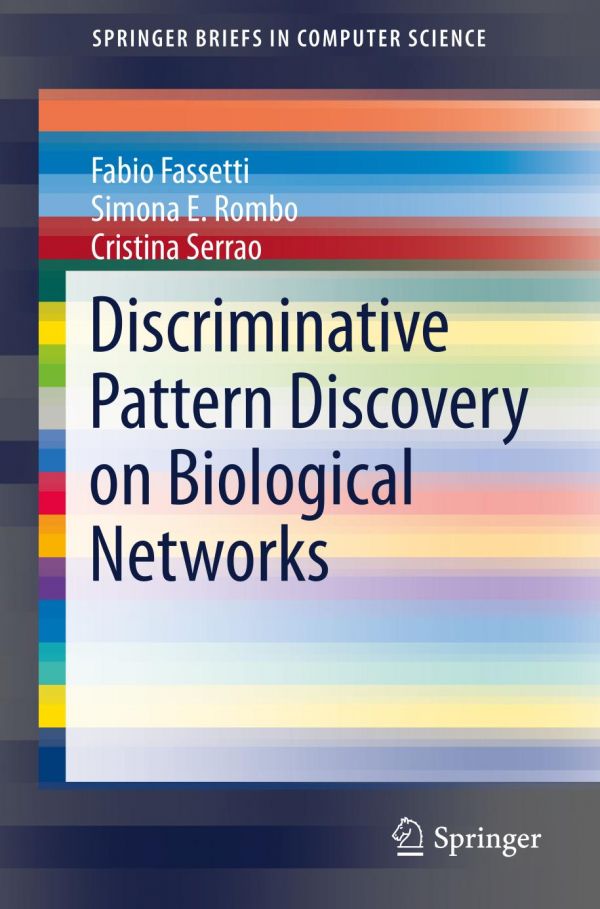

Most ebook files are in PDF format, so you can easily read them using various software such as Foxit Reader or directly on the Google Chrome browser.
Some ebook files are released by publishers in other formats such as .awz, .mobi, .epub, .fb2, etc. You may need to install specific software to read these formats on mobile/PC, such as Calibre.
Please read the tutorial at this link: https://ebookbell.com/faq
We offer FREE conversion to the popular formats you request; however, this may take some time. Therefore, right after payment, please email us, and we will try to provide the service as quickly as possible.
For some exceptional file formats or broken links (if any), please refrain from opening any disputes. Instead, email us first, and we will try to assist within a maximum of 6 hours.
EbookBell Team

0.0
0 reviewsThis work provides a review of biological networks as a model for analysis, presenting and discussing a number of illuminating analyses. Biological networks are an effective model for providing insights about biological mechanisms. Networks with different characteristics are employed for representing different scenarios. This powerful model allows analysts to perform many kinds of analyses which can be mined to provide interesting information about underlying biological behaviors.
The text also covers techniques for discovering exceptional patterns, such as a pattern accounting for local similarities and also collaborative effects involving interactions between multiple actors (for example genes). Among these exceptional patterns, of particular interest are discriminative patterns, namely those which are able to discriminate between two input populations (for example healthy/unhealthy samples).
In addition, the work includes a discussion on the most recent proposal on discovering discriminative patterns, in which there is a labeled network for each sample, resulting in a database of networks representing a sample set. This enables the analyst to achieve a much finer analysis than with traditional techniques, which are only able to consider an aggregated network of each population.